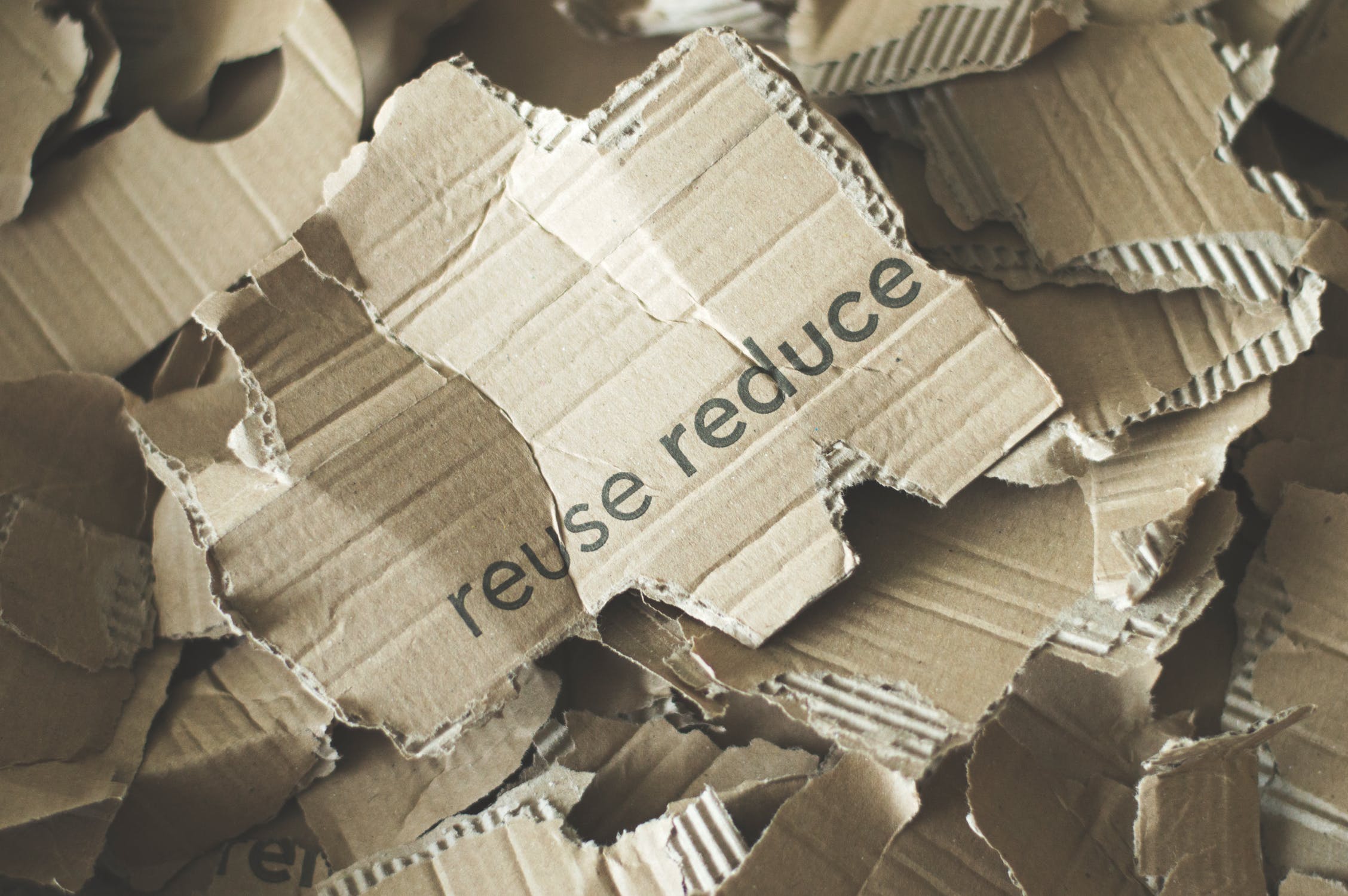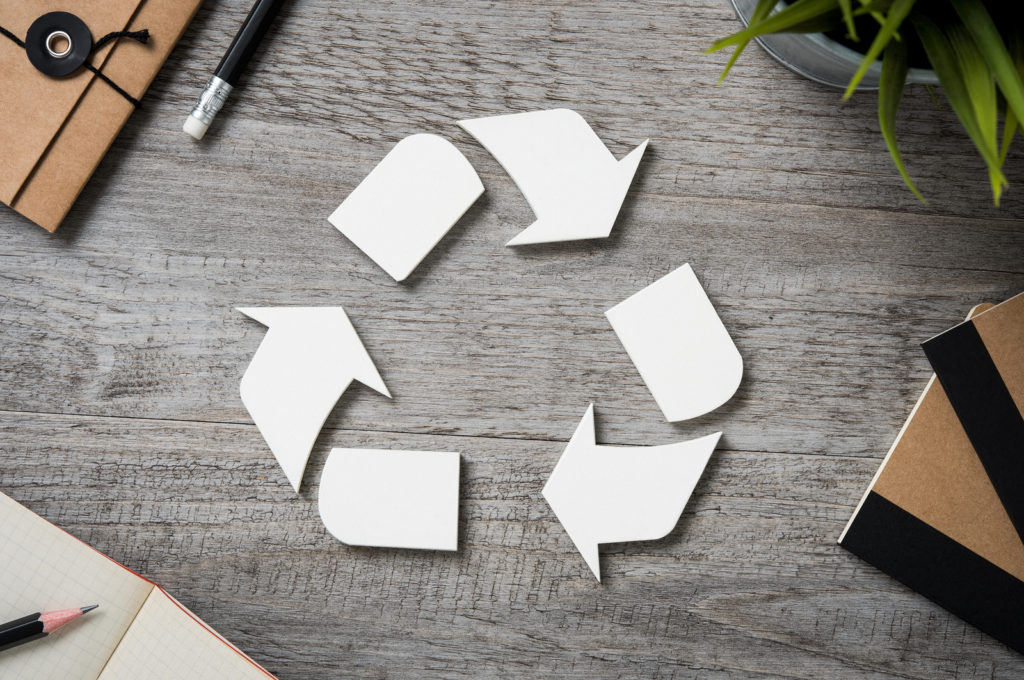
With every year that passes climate change becomes a greater concern. Everyone has started to do what they can both at home and at work. Knowing how to do the right thing can be difficult. Almost every single office and business has some kind of recycling scheme in place but there is always more that can be done. A lot of the time, people think that they need to increase spending in order to recycle more but this often not the case. Instead, here is some recycling at work handy hints to employers.

Find More Items
Everyone knows about recycling paper and cardboard. Aluminum cans are another popular option that is commonly collected. However, it is important to think differently and look for other office recycling ideas. Most pieces of technology can also be recycled. So if the office is ever upgrading all of its equipment, look into local companies that specialise in recycling that kind of waste.
Of course, a complete office upgrade is not going to happen that often but here is a list of common items that could form part of an office recycling campaign — aluminum cans, bottles batteries, cardboard, light bulbs, magazines, newspapers and printer cartridges. Some of these are obvious but it is always good to keep the fundamentals in mind.
Keep Food Waste Separate
Food waste has to be kept separately from every other form of recycling. Firstly, any item from the previous list that has food on it needs to be scraped clean or washed where possible. Many recycling centers will simply transfer otherwise perfectly good material to a landfill if it is too heavily soiled by food.
Organic waste recycling is also one of the vital tasks that have to be accomplished in order to reach the ultimate goal of zero net waste. These items are capable of providing unique benefits when recycled properly such as creating compost and even generating power in some cases. A quick list of easy organic items includes food scraps, used napkins, tea bags and ground coffee, hot drink cardboard sleeves and compostable cutlery.
Implementing the Program
It is easy for an employer to say that they are starting a recycling program at work but making it into reality is a very different proposition. The first step is to get large, central recycling and waste bins. Common wisdom would have every employee be given their own bin but this can be a mistake. The problem with individual bins is that employees are tempted to simply through their empty bottle or other items straight in the bin beneath their desk without stopping to think about recycling it. If the waste and recycling bins are in a central location, then employees will be more cognizant of what they are doing as they throw items away and are more likely to place things into the recycling where possible. Large bins also tend to come with helpful information about what can be recycled which will help people make better decisions when they go to dispose of their waste.
Provide Reusable Containers
People drink a lot of tea, a lot of coffee and a lot of water. Not only that, but they also tend to get these things on the way to and from work. Every day, this leads to an incredible number of disposable cups and plastic bottles being thrown away and many of these cannot be recycled in the first place and many that can are not disposed of properly.
Instead, consider providing all employees with reusable containers. This has the obvious advantage of preventing the buildup from all of the dis[osable containers being thrown away. However, people are also incentivised to use them as they often receive discounts at coffee shops when using them to buy products so they are not likely to be forgotten in the mornings.
Remember the first “R”
The three Rs of any recycling program are “Reduce, Reuse and Recycle”. By working to reduce the amount of material coming into any environment there is then less that needs to be reused and recycled later. Consider the source of everything that enters the office. Often, there are alternatives that provide the same goods but with less packaging or waste. Remember, the closer something can be sourced the less CO2 it will produce in transit too.
Recycle Internally
Recycling internally means looking for creative ways to reuse items that would otherwise have to be thrown out. Every time an employee is done with one of their office supplies keep it unless it has been totally broken or used up. Find space to keep all of these items together. Now, instead of ordering new supplies every time someone needs something the supply of slightly older items can be checked instead. This is perfect for things that do not necessarily have to be brand new to function like file folders, ring binders, and staplers.
Recycling is not just the right thing to do for the planet, it is the right thing to do as a business. It will help raise morale in the office and will likely save money for both the employer and employees in the long run. With enough small steps, there will be huge differences in the future of the world.

